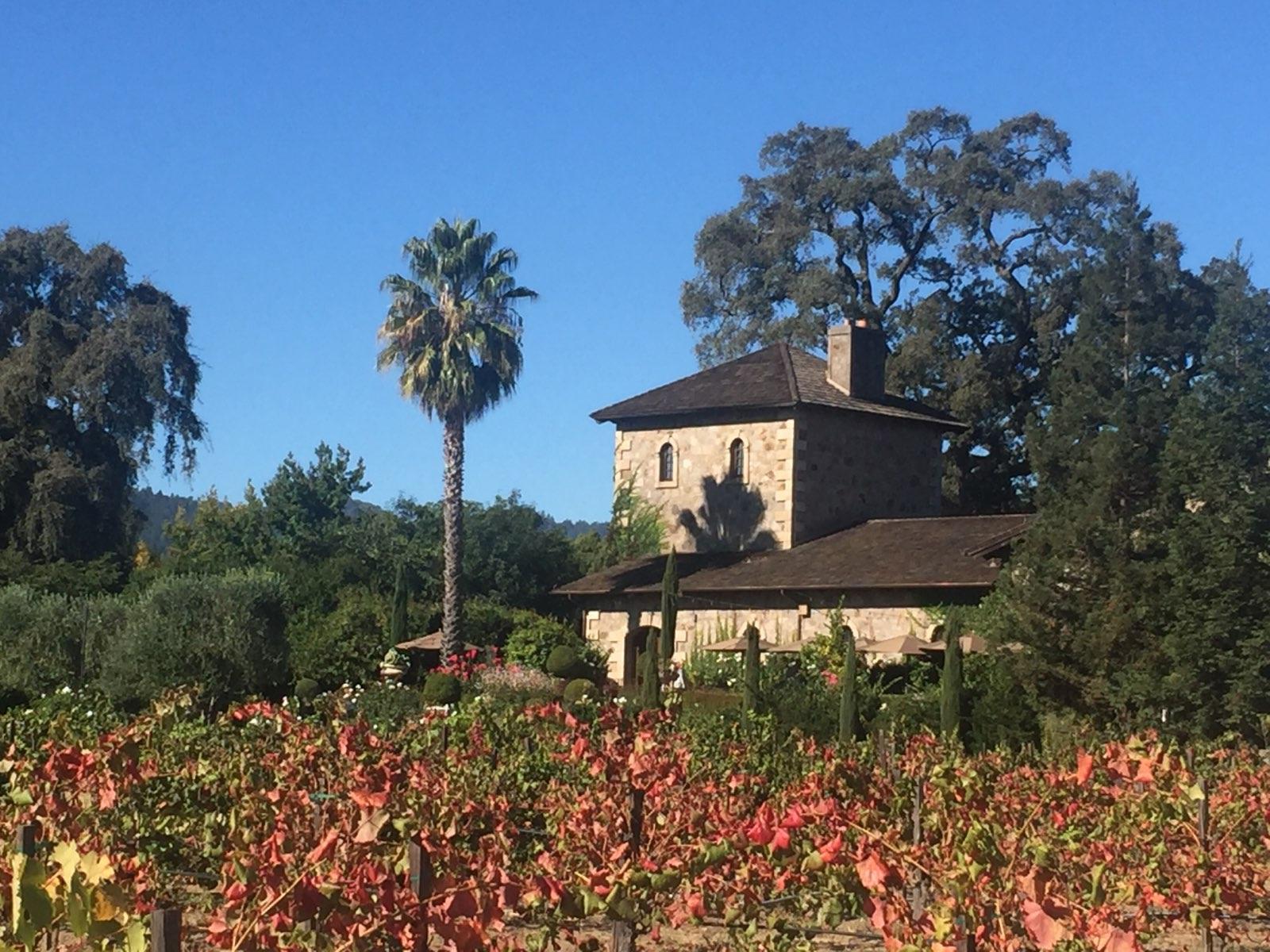Cattle Grazing Reduces Wildfires
Cattle Grazing Reduces Wildfire Fuel
By Tim Hammerich, with the Ag Information Network
Our state has experienced three serious wildfire years recently, and managing the amount of fine fuels can certainly help reduce these risks in the future. This leads some ranchers and scientists to ask the question: just how much of these fine fuels are cattle eliminating when grazed properly? The study still needs to pass peer review, but here’s Devii Rao, a UCCE Livestock and Natural Resources Advisor with what they found.
“Across the state of California cattle – at least in 2017, which is the year that we used for our analysis – they grazed across 19.4 million acres of rangeland, and consumed 11.6 billion pounds of fine fuels,” said Rao.
Rao says they collected data across multiple regions to also look at the variance of cattle consumption of these fine fuels.
“On average across the entire state, we found that livestock consumed about 596 pounds per acre. And then when you break it up by region, it really varied from, you know, 174 pounds per acre in some parts. Which, you know, that would be the more drier desert regions where there’s just not that much forage or fine fuels being produced. And then on the higher end, cattle were consuming a little bit over a thousand pounds per acre,” noted Rao.
With cattle found in almost every county of the state, it’s just a matter of finding creative ways to graze more of these fire fuel reducers.



















